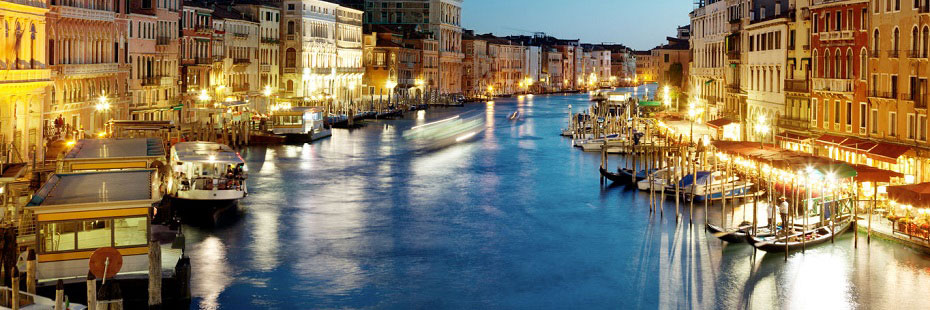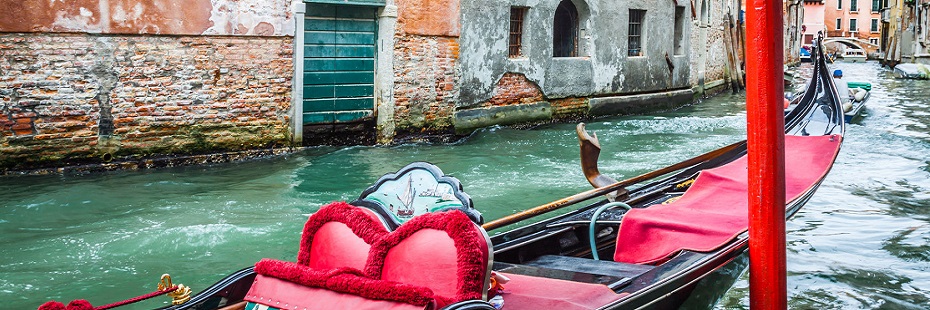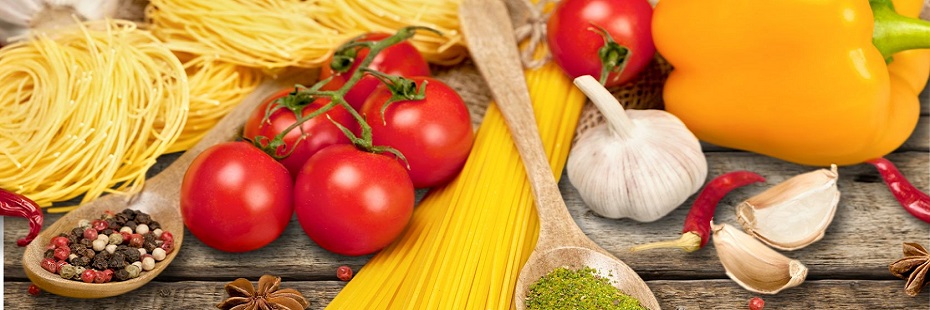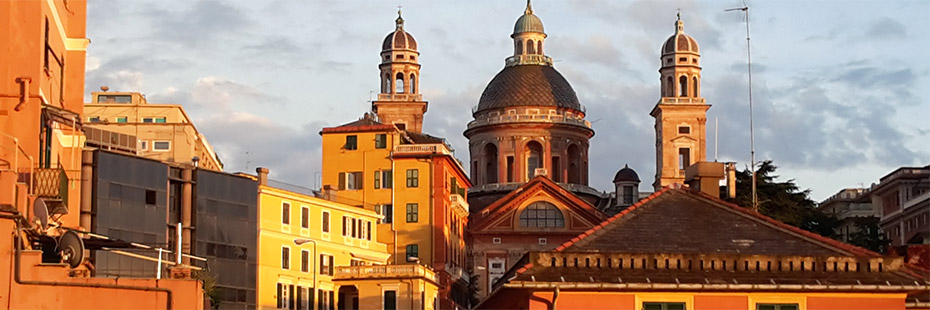| LO STATO
Cosa è il Vaticano in definitiva? Uno stato o un luogo santo? Per cominciare, non è il Vaticano ad avere sedi diplomatiche in tutto il mondo, bensì la Santa Sede, che governa più di 700 milioni di cristiani nel mondo. |
THE STATE
So what is the Vatican? State or Holy Place? First of all, it's not the Vatican that has its diplomats throughout the world, but the Holy See, that rules over 700 million Christians in the world. |
È un concetto complicato. La Città del Vaticano è un territorio con nazionalità. I Patti Lateranensi con l'Italia descrivono il Vaticano come "territorio neutrale e inviolabile". Ma non ha né diplomazia né passaporti. |
The concept is complex. Vatican City is a territory with nationality. The Lateran Pact with Italy describes the Vatican as a "neutral and inviolable territory." But it has no diplomacy nor passports. |
| Il braccio religioso, la Santa Sede, non ha territorio ma ha invece una diplomazia. I giuristi italiani hanno tentato a lungo di definire dove termina l'autorità del Vaticano e dove inizia quella della Santa Sede. Ma, come i romani ben sanno, gli affari della Chiesa sono ambigui e misteriosi. Uno scrittore tedesco la definì "das Konigreich der Zweideutigkeit." D'altro canto i cittadini del Vaticano parlano di Roma come se fosse una nazione astratta, quasi lontana. Per prendere un caffè, o un autobus, bisogna andare "all'estero". | The religious arm, the Holy See, instead, has no land, but a diplomacy. Italian jurists have long tried to define where Vatican authority ends and that of the Holy See begins. But as every Roman knows, affairs of the Roman Church are ambiguous, mysterious. One German writer defined it as "das Konigreich der Zweideutigkeit." On the other hand, people of the Vatican speak of Rome as if it were some abstract, far away nation. To have a coffee for example, or catch a bus, you have to go "abroad." |
| Ma il Vaticano-Santa Sede è soprattutto l'ultima monarchia assoluta al mondo. E il Papa è il monarca assoluto, santo e infallibile, il capo dei Cristiani nel mondo. Assistito dalla Curia Romana, che consiste nella Congregazione o ministeri, nel tribunale e negli uffici dei poteri ecclesiatico, giudiziario e amministrativo, dal Collegio dei Cardinali e dallo IOR, il Papa regna sulla Cristianità. | Yet, the Vatican-Holy See is above all the world's last total monarchy. And the Pope is the absolute, holy and infallible ruler, the chief of Christians of the world. Assisted by the Curia Romana which consists of the Congregations or ministries, the tribunals and the Office of ecclesiastic, judicial and administrative power, by the College of Cardinals, and by the IOR Bank, the Pope reigns over Christianity. |
| I MISTERI VATICANI | VATICAN MYSTERIES |
| I sospetti sulla morte misteriosa, dietro le mura Vaticane, di Papa Giovanni Paolo I, o Papa Luciani, non si sono mai assopiti. Il Papa italiano, che prese il nome di Giovanni Paolo I, morì il 29 Settembre, o forse il 28, dopo soli 33 giorni al potere. | Suspicions about the mysterious death behind the heavy Vatican walls of Pope John Paul I, or Papa Luciani, have never been assuaged. The Italian Pope, who took the name John Paul I, died on September 29, or perhaps September 28, after only 33 days in power. |
| La Curia e le istituzioni finanziarie si resero conto della sua reale personalità solo dopo la nomina a Papa. Tollerante in fatto di sesso e divorzio, egli non ammetteva peccati di denaro; né speculazioni disoneste e manovre oscure, cose nelle quali il Vaticano eccelleva. L'errore di Papa Luciani fu che egli pensò di poter ripulire le finanze vaticane. | The Curia and the financial establishment only realized his real character after he became pope. Tolerant about sex and divorce, he was most intolerant about sins linked to money. To dishonest speculation and shady business maneuvers, things the Vatican has excelled in. "Papa Luciani's" mistake was that he thought he could clean up Vatican finances. |
| Il Vaticano era a quel tempo un grosso operatore finanziario, in collaborazione con i peggiori intrallazzatori internazionali. L'FBI era convinta che lo IOR ripulisse denaro mafioso. Il mondano Monsignor Marcinkus, sempre protetto da Papa Giovanni Paolo II, era allora presidente della banca vaticana. Fra i suoi amici figuravano i banchieri mafiosi Michele Sindona e Roberto Calvi, entrambi poi assassinati. Sempre a quel tempo, inoltre, un giornale scandalistico romano pubblicò una lista di 121 cardinali e arcivescovi appartenenti a logge massoniche, punto d'incontro tradizionale di mafia e finanza. | The Vatican was then a big operator in the international financial field, collaborating with the worst of international con-men. The FBI believed the IOR laundered mafia money. The very mundane Monsignor Marcinkus, always protected by Pope John Paul II, was then president of the Vatican bank. His friends were mafia bankers Michele Sindona and Roberto Calvi, both of whom were assassinated. At that time also, a Rome scandal sheet published a list of 121 cardinals and bishops who belonged to masonic lodges, traditional meeting places of mafia and finance. |
| Molte teste caddero nella grande battaglia di cui il Vaticano era protagonista in quegli anni. Calvi fu trovato impiccato sotto il ponte dei Frati Neri a Londra. Sindona morì di un caffè avvelenato in una prigione italiana. Marcinkus restò nascosto in Vaticano e poi lasciò l'Italia. | Many victims fell in the great battles in which the Vatican was a protagonist in those years. Calvi was found hung under the Black Frair's bridge in London. Sindona died of a poisoned coffee in an Italian jail. Marcinkus hid out inside the Vatican and finally left Italy. |
| Papa Giovanni Paolo I era in buona salute quando cenò con i segretari quel 28 Settembre. La mattina dopo fu trovato morto nel suo letto. I romani trovarono la cosa "troppo misteriosa". La voce popolare era che fu assassinato. Fatto è che non venne eseguita l'autopsia. Il corpo fu imbalsamato appena dodici ore dopo. Papa Luciani, Giovanni Paolo I, venne sepolto il giorno successivo, insieme al suo segreto. | Pope John Paul I was in good health when he dined with his secretaries that September 28. The next morning he was found dead in his bed. Romans found it "too mysterious". The voice of the people claims he was assassinated. In fact, no autopsy was performed. His body was embalmed only 12 hours afterwards. Papa Luciani, Pope John Paul I, was buried the next day, together with his secret. |
| Il giornalista inglese David Yallop, con l'aiuto di un gruppo di religiosi romani, scrisse il best seller NEL NOME DEL SIGNORE, nel quale affermò che Papa Giovanni Paolo I fu assassinato perché stava scatenando un terremoto nella Chiesa di Roma. | The English journalist David Yallop, with the help of a group of religious men in Rome, wrote the best seller IN GOD'S NAME, in which he maintains that Pope John Paul I was assassinated because he threatened an earthquake inside the Roman Church. |
| DA SAN PIETRO ALLA CAPPELLA SISTINA | FROM ST. PETER'S TO THE SISTINE CHAPEL |
| Se le dimensioni della Città del Vaticano sono minuscole, quelle di San Pietro sono gigantesche. La basilica ha 500 colonne e 440 statue, ivi compreso un bronzo dell'apostolo Pietro con il piede consumato dai baci dei fedeli. | If the measurements of the Vatican City are small, St. Peter's is gigantic. The basilica has 500 columns and contains 440 statues, including a bronze of the apostle Peter with its foot consumed by the kisses of the faithful. |
| La prima San Pietro era situata sulla riva destra del fiume Tevere per 1000 anni fino a quando, nel sedicesimo secolo, il Vaticano decise di costruire una nuova chiesa nello stesso luogo. I più grandi artisti italiani del Rinascimento vi parteciparono, Bramante, Raffaello, Sangallo, Bernini e Michelangelo. | The first St. Peter's had stood there on the right bank of the Tiber River for 1000 years, when in the 16th century the Vatican decided to erect a new church on the same site. The greatest of Italy's Renaissance artists worked on it, Bramante, Raphael, Sangallo, Bernini and Michelangelo. |
| I Papi erano un tempo incoronati a San Pietro, ma l'elezione ha luogo nella Cappella Sistina che resta sigillata, durante il Conclave dei Cardinali, fino al momento della famosa fumata bianca che annuncia l'elezione di un nuovo Papa. La morte di un Papa, l'elezione, e l'incoronazione del nuovo Papa sono fra i momenti più emozionanti della Chiesa Cattolica Romana. | Popes were once coronated in St. Peter's, but his election took place in the Sistine Chapel, which, during the Conclave of Cardinals is sealed shut until the famous white smoke signal announces that a new pope has been elected. The death of a pope, the election and coronation of a new pope are among the most dramatic moments of the Roman Catholic Church. |
| La Cappella Sistina può essere visitata durante un tour dei musei Vaticani. I suoi muri furono affrescati dai più famosi artisti, Botticelli, Signorelli, Perugino e Ghirlandaio. Ma per secoli i visitatori sono stati attirati principalmente dagli affreschi di Michelangelo, il nostro Buonarroti introdotto all'inizio. | The Sistine Chapel can be seen as part of a visit to the Vatican museums. Its walls were frescoed by the most famous artists, Botticelli, Signorelli, Perugino and Ghirlandaio. But visitors for centuries have been most attracted by the frescoes of Michelangelo, our Buonarroti, whom we introduced in the present tense. |
| I visitatori di un tempo ricorderanno un'impressione sobria della Cappella Sistina. Come se il Giudizio Universale di Michelangelo riflettesse il mondo misterioso del Vaticano. | Earlier visitors to the Sistine Chapel will remember the somber impression. As if Michelangelo's Last Judgement reflected the mysterious world of the Vatican. |
| Quando i restauratori cominciarono a ripulire gli affreschi di Michelangelo, la Creazione del Mondo e gli episodi del Vecchio Testamento, rimasero stupefatti dal mondo di luce e riflessi che trovarono sotto strati secolari di sporco, fumo di candele, ed escrementi d'uccello. Il capo restauratore del Vaticano, Gianluigi Colalucci, nel 1983 ci disse che "il mondo artistico aveva sempre considerato il Michelangelo della Cappella Sistina come scuro e misterioso. Il restauro mostrò invece un Michelangelo luminoso. I colori che emanano dalle parti di lavoro ripulite sembrano acquarelli. Noi che credevamo che dipingesse in modo misterioso, ora sappiamo che usava il pennello come un acquarellista." | When restorers began the first real cleaning of Michelangelo's frescoes, Creation of the World and episodes from the Old Testament, they were dumbfounded by the world of "light and brilliance" they found under the centuries- old layers of dirt, candle smoke, and bird excrement. Chief Vatican restorer Gianluigi Colalucci told us in 1983 that "the art world had always considered the Michelangelo of the Sistine Chapel as dark and mysterious. The restoration shows instead a Michelangelo of light. The colors emanating from the cleaned parts of his works here resemble acquarelli. We who believed he painted in a mysterious way, now know that he used his brush like an acquarellist." |
| La Cappella Sistina visitata in passato non aveva nulla in comune con quella affrescata da Michelangelo. Ma ora il ritorno agli splendori del passato è compiuto. Colalucci e il suo gruppo stanno terminando la "pulizia", come la definisce lui, durata 13 anni, più di quanto Michelangelo impiegò per dipingerla. | The Sistine Chapel we formerly saw had no relation to the one Buonarroti-Michelangelo frescoed. But now the return to past splendors is ready. Colalucci and his team are finishing the 13 years old "cleaning", as he calls it, more time than it took Michelangelo to paint it. |
| Siamo ritornati dopo otto anni per vedere il risultato. Ci siamo arrampicati sulle impalcature con Colalucci. Abbiamo esaminato il Giudizio da cima a fondo. È fresco, brillante, nuovo. Anche il muro è in buone condizioni dopo quattro secoli. È come se il fiorentino avesse appena completato il suo lavoro. | We returned after eight years to see the results. We climbed the scaffolds with Colalucci. We examined the Last Judgement from top to bottom. It's all fresh, brilliant, new. The wall too is in good condition after four centuries. It seems as if the Florentine just completed his work. |
| Rimane la questione spinosa dei pantaloni o drappi che ricoprono i genitali di 38 figure, soprattutto maschi. I restauratori stanno eliminando i pantaloni aggiunti più tardi, a causa della pruderia della Controriforma, quando i genitali lasciati scoperti da Michelangelo vennero ricoperti con drappi ridicoli. | There remains the thorny questions of the pants or drapes covering the genitals of 38 of the figures, chiefly males. Restorers are removing the pants added later because of the prudery during the Counterreformation when genitals left uncovered by Michelangelo were covered with ridiculous drapes. |
| Per quanto l'effetto di lucentezza possa sconcertare chi si ricorda la vecchia Cappella Sistina, è come vedere questa meraviglia dell'arte occidentale per la prima volta. La cosa incredibile è che è bastato ripulire, non ritoccare o restaurare. E questa è probabilmente l'ultima volta che un tale lavoro è necessario, grazie alla moderna micro-climatizzazione e controllo dell'aria che mantengono la Cappella Sistina a 18° e 50-60% di umidità. | If the bright effect today is disconcerting to those who knew the old Sistine Chapel, it's like seeing this marvel of western art for the first time. The incredible thing is that it was only a matter of cleaning, not retouching or restoring. And this is probably the last time it will have to be touched, thanks to modern micro-climatization and air control that keeps the Sistine Chapel at 18ç and 50-60% humidity. |
7 Agosto 2025
TESTIMONIAL (more...):
"In the Italian Coaching Program there were always additional questions that were really challenging within context of how I thought ..."







